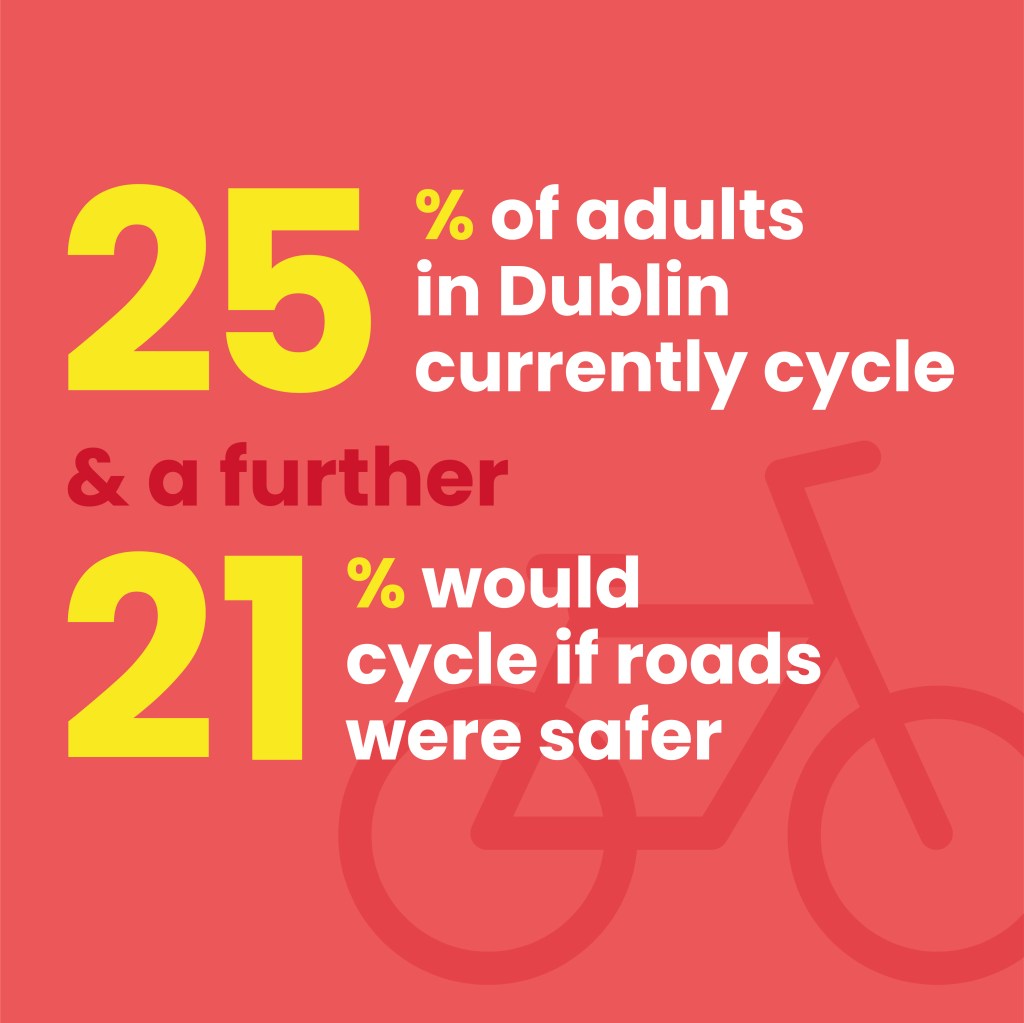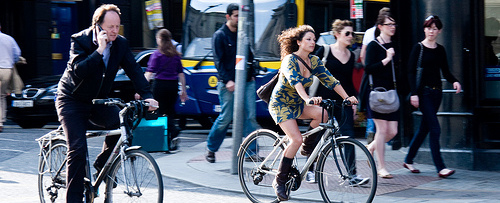
Improved Physical Health
Regular physical activity through active travel has been found to be one of the most sustainable ways of improving health. A review of international evidence by the Institute of Public Health found a strong association between mode of commuting and physical activity [1].
Countries with the highest levels of active travel have the lowest obesity levels. Children who walk or cycle to school are more likely to have higher overall levels of physical activity, and physically active older people continue to live independently for longer.
Enhanced Psychological Wellbeing
In addition to physical health benefits, active commuting can also benefit psychological wellbeing. For example, researchers who analysed data from around 18,000 commuters across the UK over eighteen years found that people who walked or cycled to work benefited from improved mental wellbeing in comparison to commuters who travel by car [2].
Active travel is especially beneficial for children as it enables independent mobility. This opens up opportunities, enables them to be outdoors and active, to connect with friends, to gain confidence and to feel part of their local neighbourhoods.

Transport Equity
Improving provision for active travel reduces transport-related social exclusion amongst many individuals who do not have access to a car by improving their access to employment, education, shopping and social activities. [3]
Investing in cycling also helps reduce ‘Forced Car Ownership’ amongst those households who do currently have one or two cars but experience the associated costs as a significant financial burden. The AA have estimated the average cost of running a family car for a year in Ireland at €10,691 [4].
Improving cycling conditions and making cycling an option for all ages and abilities will mean that car ownership and particularly having a second car in a household will become less of a necessity.
Effective at meeting physical activity targets
Regular walking and cycling for everyday journeys, such as trips to work or school, builds exercise into busy lives and can be easier to maintain compared to recreational physical activity. For example, it has been shown that in England, people who cycle for travel purposes are four times as likely to meet physical activity guidelines as those who do not [8].

References
[1] Active travel – healthy lives – Institute of Public Health
[2] https://www.ncbi.nlm.nih.gov/pmc/articles/PMC4262577/
[3] SDC, S. D. C. 2011. Fairness in a car-dependent society.
[4] https://www.theaa.ie/motoring-advice/cost-of-motoring/
[8] Stewart G, Anokye NK, &Pokhrel S (2015) Quantifying the contribution of utility cycling to population levels of physical activity: an analysis of the Active People Survey. Journal of Public Health pp. 1–9 | doi:10.1093/pubmed/fdv182.
Read our full manifesto in PDF here.

